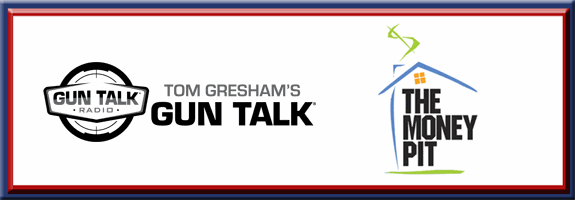Pending Business: Curmudgeons
By Steve Lapa
Lapcom Communications Corp
President
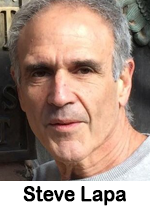 Are you a sales curmudgeon? You know, that old-school, out-of-touch terrestrial radio ad sales rep who is too lazy to learn the new digital/social media sales world?
Are you a sales curmudgeon? You know, that old-school, out-of-touch terrestrial radio ad sales rep who is too lazy to learn the new digital/social media sales world?
A recent survey by Borrell and Associates says most radio station managers vote for “new blood” on the sales team to offset those old-school sellers who are oversaturated and have no more room to grow. It’s the evergreen water bottle analogy. Open that off-the-shelf bottled water and just try pouring more water into that fully filled bottle. There is no more room for even another ounce. Is that you? So full of sales knowledge that there is no room to learn? Your boss thinks it’s better to hire another seller than to wait until you decide to push yourself through the comfort zone and become more productive in the digital/social media column.
The top line “hire new sellers” concept here is true. Some living history:
1. AM vs. FM. Are you old enough to remember separate AM and FM sales teams? AM radio stations were the first big income generators. When FM music stations became popular, we first sold AM/FM combo plans. Realizing FM formats were geared to a younger audience, we hired sellers who got it. Sales teams were formed to sell just the FM stations. The internal conflict was a management nightmare, yet somehow, we managed to create two separate teams. The rest is terrestrial radio sales history.
2. Cluster Sales. When the FCC allowed owners to control more than two radio stations in a market, we went through another seismic change. Sellers who sold for one, or in some cases AM/FM combo sales, were soon allowed to pitch multiple stations owned by one owner in a market. Managers were faced with a new round of consolidation conflict. If you worked with an advertiser that needed additional markets, you were able to bring outside markets with commonly owned radio stations to the mix. Somehow, we managed.
3. Digital/Social. What took so long? Today’s terrestrial radio ad seller is an important foundational component in every radio station ad sales department. Yet the ad sales and audience growth aren’t on the AM/FM or satellite band. It hasn’t been for a while. The ad demand and growth in audience and revenue is on your computer, smartphone, apps, and earbuds. Are you ready to adapt to the digital/social media demand curve? Or are you sitting in your comfortable rocking chair.
There is no doubt new sellers plugged into new media platforms will fuel the next level of audio sales growth. But before we give up on those curmudgeons on your sales team, let’s learn how they preserve the buyer-seller relationship long enough to earn the privilege of becoming “curmudgeons.”
Steve Lapa is the president of Lapcom Communications Corp. based in Palm Beach Gardens, FL. Lapcom is a media sales, marketing, and development consultancy. Contact Steve Lapa via email at: Steve@Lapcomventures.com.




 the automobile industry has intelligently responded. The issue however is much larger. As UNESCO’s chief of section for media development and society, Mirta Lourenco puts it, ‘The free flow and easily accessible information provided by terrestrial radio supports the spirit of the First Amendment via the concept of media pluralism and more. This expands to a valid concern about privacy rights – which is equally important to freedom and democracy. With GPS and internet platforms simultaneously in our cars, we are turning the enormous power to invade the privacy of individuals over to a mere handful of Big Tech giants. They know what and who we listen to, including where, when and how we travel.’” Harrison adds, “Finally, I am compelled as a lifelong radio broadcaster and publisher of a major trade journal to protect the viability of radio stations as a going concern and the well-being of their owners, employees, and listeners.”
the automobile industry has intelligently responded. The issue however is much larger. As UNESCO’s chief of section for media development and society, Mirta Lourenco puts it, ‘The free flow and easily accessible information provided by terrestrial radio supports the spirit of the First Amendment via the concept of media pluralism and more. This expands to a valid concern about privacy rights – which is equally important to freedom and democracy. With GPS and internet platforms simultaneously in our cars, we are turning the enormous power to invade the privacy of individuals over to a mere handful of Big Tech giants. They know what and who we listen to, including where, when and how we travel.’” Harrison adds, “Finally, I am compelled as a lifelong radio broadcaster and publisher of a major trade journal to protect the viability of radio stations as a going concern and the well-being of their owners, employees, and listeners.”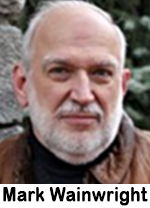 Consider the following song titles:
Consider the following song titles: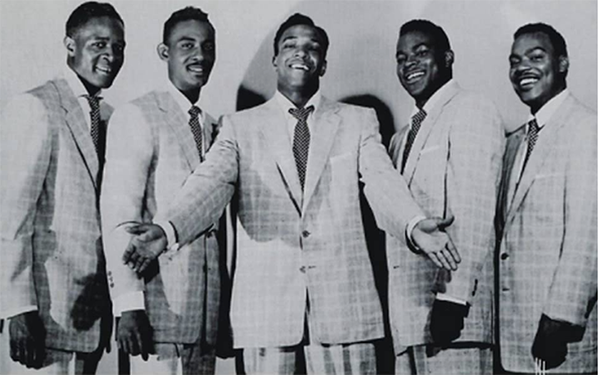
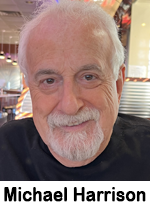 the journal refers to AM, FM, online and satellite talk radio, cable news/talk TV, and talk podcasting.
the journal refers to AM, FM, online and satellite talk radio, cable news/talk TV, and talk podcasting. Springfield, MA, joined TALKERS as its managing editor almost a quarter-of-a-century ago in 2000. The big story during that pre-9/11 year was the excruciatingly inconclusive presidential election between Texas Governor George W. Bush and Vice President Al Gore that took over a month to settle.
Springfield, MA, joined TALKERS as its managing editor almost a quarter-of-a-century ago in 2000. The big story during that pre-9/11 year was the excruciatingly inconclusive presidential election between Texas Governor George W. Bush and Vice President Al Gore that took over a month to settle.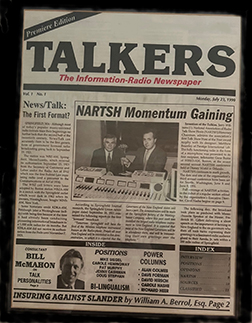 format phases including a full color magazine and eventually a daily online operation geared to providing news, advice and opinions to professionals involved in programming, managing, marketing and operating an array of related platforms in what has come to be known as talk media. This includes most popular forms of spoken-word AM and FM radio, plus online programming, podcasting, cable television and satellite broadcasting. During this period, TALKERS has produced and presented 26 national conventions in New York and another three in Los Angeles. Add to that more than 35 regional, national and international forums about the field and countless radio rows including several at the White House in conjunction with both the Bill Clinton and George W. Bush administrations. TALKERS remains and will continue to be a non-partisan proponent of the First Amendment with a great love and passion for talk media’s roots in the century old medium of radio.
format phases including a full color magazine and eventually a daily online operation geared to providing news, advice and opinions to professionals involved in programming, managing, marketing and operating an array of related platforms in what has come to be known as talk media. This includes most popular forms of spoken-word AM and FM radio, plus online programming, podcasting, cable television and satellite broadcasting. During this period, TALKERS has produced and presented 26 national conventions in New York and another three in Los Angeles. Add to that more than 35 regional, national and international forums about the field and countless radio rows including several at the White House in conjunction with both the Bill Clinton and George W. Bush administrations. TALKERS remains and will continue to be a non-partisan proponent of the First Amendment with a great love and passion for talk media’s roots in the century old medium of radio.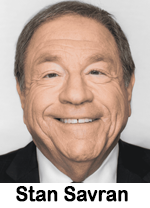 AM. In 1991, he and co-host Guy Junker launched the popular “SportsBeat” program on cable TV. After that show’s eventually demise, the two worked together on Pittsburgh radio on what are now WPGP-AM and WBGG-AM. in addition to a couple of cable TV ventures in which he held reporting and sports talk hosting roles. Savran would also host the postgame show on the Pittsburgh Steelers Radio Network.
AM. In 1991, he and co-host Guy Junker launched the popular “SportsBeat” program on cable TV. After that show’s eventually demise, the two worked together on Pittsburgh radio on what are now WPGP-AM and WBGG-AM. in addition to a couple of cable TV ventures in which he held reporting and sports talk hosting roles. Savran would also host the postgame show on the Pittsburgh Steelers Radio Network.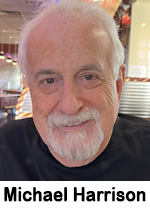 There are media and there are media. There are platforms and there are platforms. Not all cultural artifacts are equal in terms of their utilitarian versus cultural value. Damn the tone-deaf corporate bean counters who are ripping the heart out of the spirit that gives humanity its life force! Marketplace obsolescence should not solely be determined by profit and loss. With all due respect to the idea of public service, what about the concept of loyalty? Shame on the automobile industry! Not only is it turning its back on the needs of millions of people, it is in the process of betraying one of its historic partners in not only commerce – but romance and glory. In other words, the automobile industry owes the radio industry a huge debt. The relationship between cars and radios goes a century deep and has been nothing less than a two-way street. Yes, auto industry, don’t be so hasty to save a few bucks by rushing AM (and then FM) radio out the door. You might just find in the long run that “radio” outlasts the private “car” as a fixture of human activity.
There are media and there are media. There are platforms and there are platforms. Not all cultural artifacts are equal in terms of their utilitarian versus cultural value. Damn the tone-deaf corporate bean counters who are ripping the heart out of the spirit that gives humanity its life force! Marketplace obsolescence should not solely be determined by profit and loss. With all due respect to the idea of public service, what about the concept of loyalty? Shame on the automobile industry! Not only is it turning its back on the needs of millions of people, it is in the process of betraying one of its historic partners in not only commerce – but romance and glory. In other words, the automobile industry owes the radio industry a huge debt. The relationship between cars and radios goes a century deep and has been nothing less than a two-way street. Yes, auto industry, don’t be so hasty to save a few bucks by rushing AM (and then FM) radio out the door. You might just find in the long run that “radio” outlasts the private “car” as a fixture of human activity.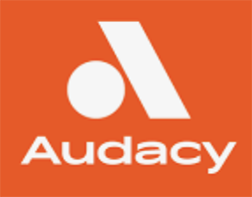 content like additional news, interviews or songs, all while remaining in sync with the live broadcast.’… The survey asked Audacy listeners to choose how much they’d be willing to pay for commercial-free radio, with the prices starting at $1 per month and going as high as $11 a month, according to a copy of the survey reviewed by The Desk. A follow-up question presented a similar list of options, but asked users to weigh in on the maximum price they’d be willing to pay before they thought a premium radio subscription was too expensive.”
content like additional news, interviews or songs, all while remaining in sync with the live broadcast.’… The survey asked Audacy listeners to choose how much they’d be willing to pay for commercial-free radio, with the prices starting at $1 per month and going as high as $11 a month, according to a copy of the survey reviewed by The Desk. A follow-up question presented a similar list of options, but asked users to weigh in on the maximum price they’d be willing to pay before they thought a premium radio subscription was too expensive.” 
